CHILL WITH THESE JAPANESE WINTER HOLIDAYS
SOBA INSTEAD OF FIREWORKS FOR THE NEW YEAR AND MANY OTHER JAPANESE WINTER TRADITIONS
BY SCRAP Global Team
Welcome back to our monthly blog!
2023 has begun and one month has passed already. Even if January has ended and its festive atmosphere is over, we want to introduce some typical Japanese celebrations happening during the first month of the year.
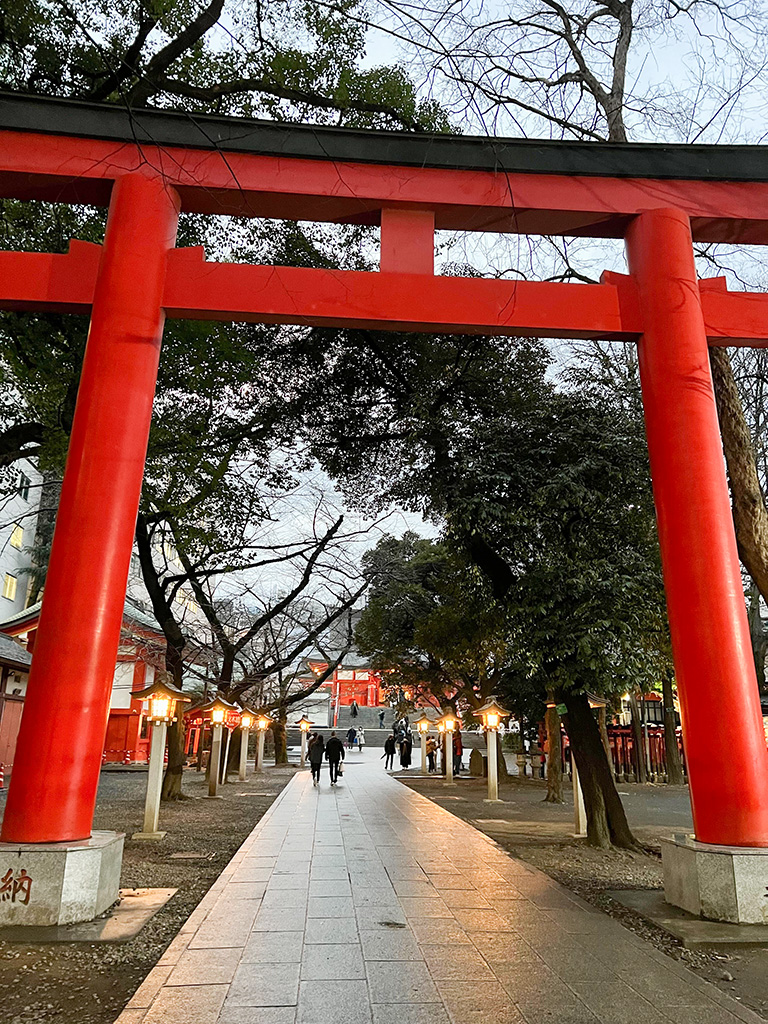
Hanazono shrine entrance
- Toshikoshi Soba
While Christmas might be the main festivity of winter celebrations in the West, in Japan, New Year is the star holiday. Most companies will close for about a week and Japanese folks usually take this opportunity to visit their hometown and visit their relatives. It is a holiday where families gather to celebrate the new year together, and there is a rich variety of customs and traditions to follow to ensure the new year is the best year possible. Celebrations start even before the year is over, and traditionally on the night of New Year’s Eve, eating soba is a must. This particular kind of soba is called “Toshikoshi Soba” (lit. year-crossing noodle). Even though the preparation is simple, buckwheat soba noodles in hot dashi broth garnished with chopped scallions, the dish is rich in meaning. For example, slurping the long soba noodles (without cutting them) is a wish for a long healthy life, and the buckwheat is a symbol of resilience. Some areas in Japan, such as Akita, Gunma, Kagawa, and others, eat Udon instead of Soba, but the meaning remains the same.
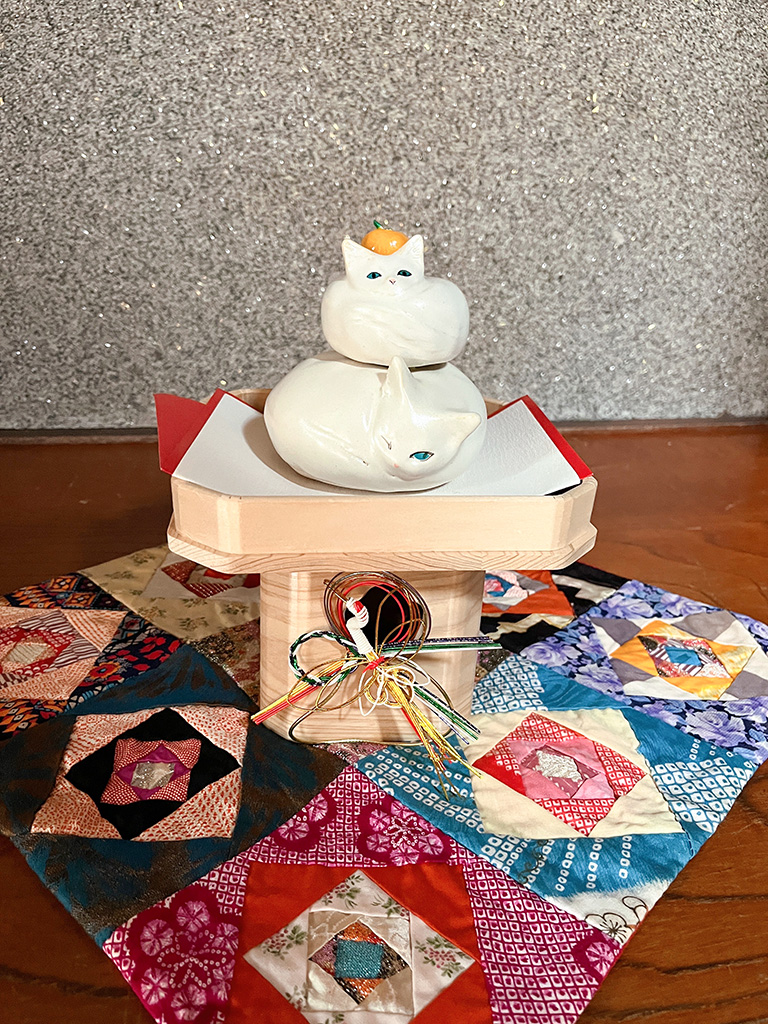
Cat shape Kagamimochi – Traditional New Year’s decoration
- Osechi
Soba isn’t the only food traditionally associated with the New Year in Japan. At the beginning of the year, it is customary to eat a traditional dish, called “Osechi”, and everything in this dish has a special propitiatory meaning. Every part of Osechi can symbolize good luck, from the ingredients used in the dish to the food placement, and even the type of container. Different areas in Japan will have different ways of assembling this particular dish, and the ingredients used can vary, but they all share the same hope of attracting the best of luck in the upcoming year. In addition to this, families eat a big feast with all the best ingredients to celebrate the start of the year properly.
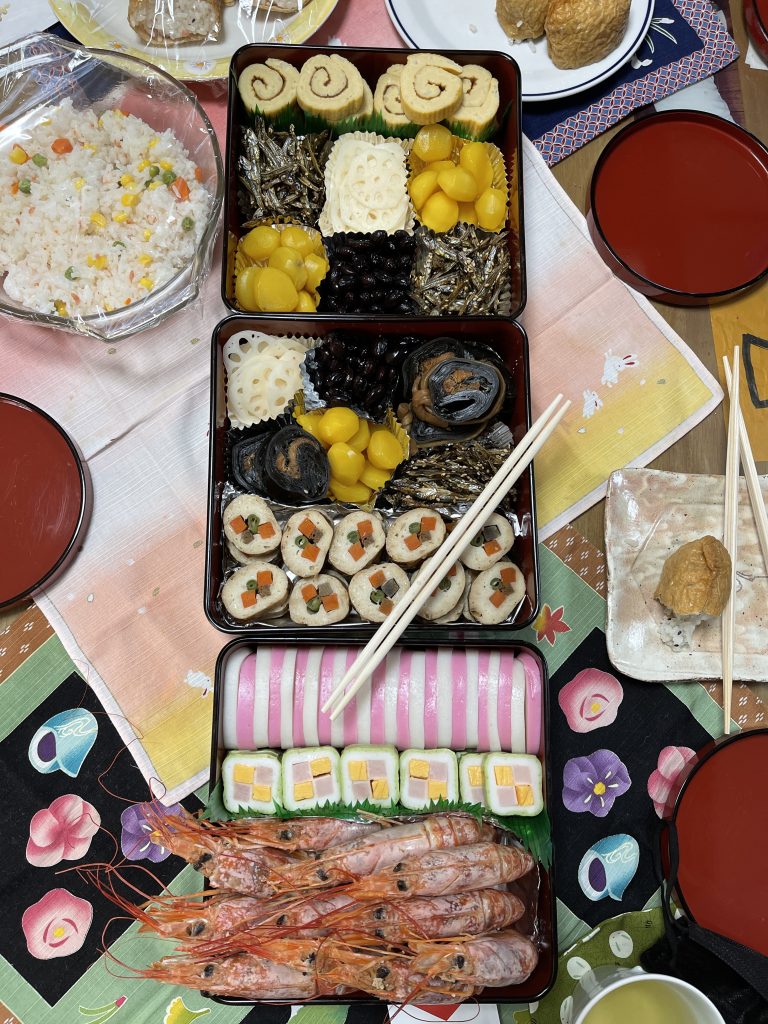
Osechi
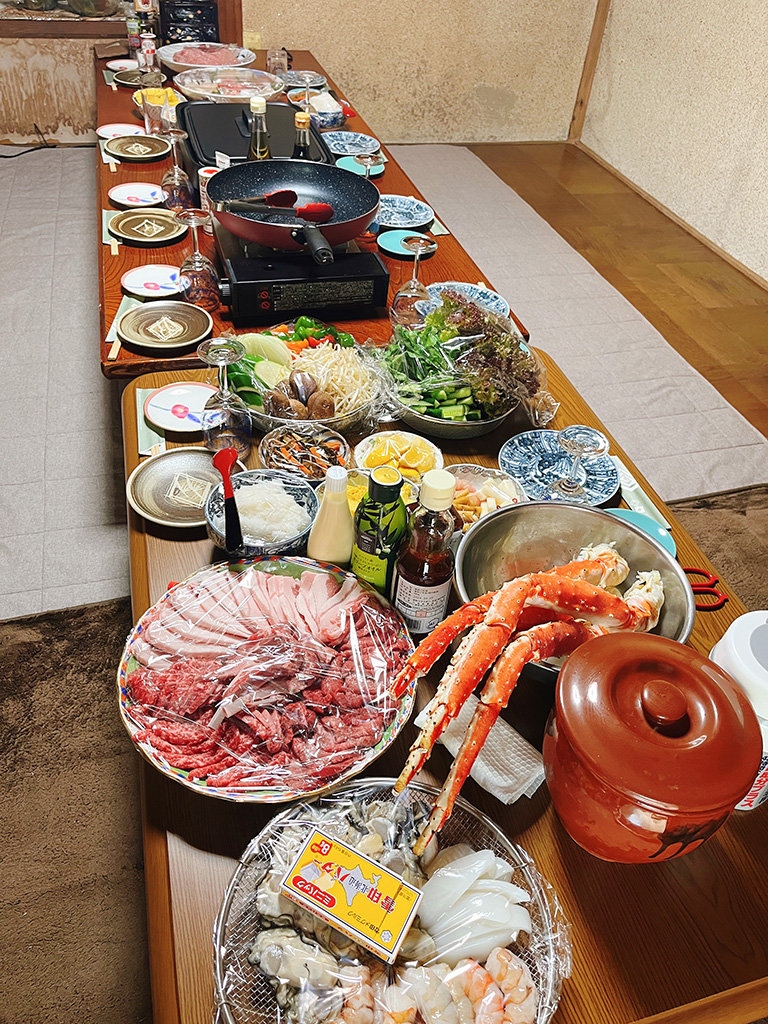
Traditional New Year’s feast
- Oosoji
Deep cleaning is traditionally associated with springtime for most western countries, but Japanese people want to welcome the New Year with a clean mindset and a clean house. This is why deep cleanings are so popular during the winter holidays, and most supermarkets will dedicate most of their shelf space to cleaning supplies during the last week of the year.
This is the time to properly clean all those things that get overlooked during the rest of the year, dispose of unused stuff, and replace what needs to be fixed.
One of the most surprising things for foreigners living in Japan is that these cleanings don’t stop at one’s private house. Most Japanese companies will have an “osoji” cleaning day in the office, where everyone helps in cleaning the common areas of the company, regardless of their role.
- Hatsumode
New Year’s celebrations are not complete in Japan without the first visit of the year to the temple. This is called “Hatsumode” and it’s a way for Japanese people to celebrate the start of the New Year and pray for good luck or to have their wishes granted after they make an offering to the temple or shrine. During this time it’s also customary to buy an “omikuji”, typically a piece of paper chosen randomly with predictions about your future, and “omamori”, amulets to attract good luck for different situations. If your fortune-telling paper doesn’t provide your desired result, don’t worry, you can always tie it to a special fence in the temple and leave the bad luck behind.
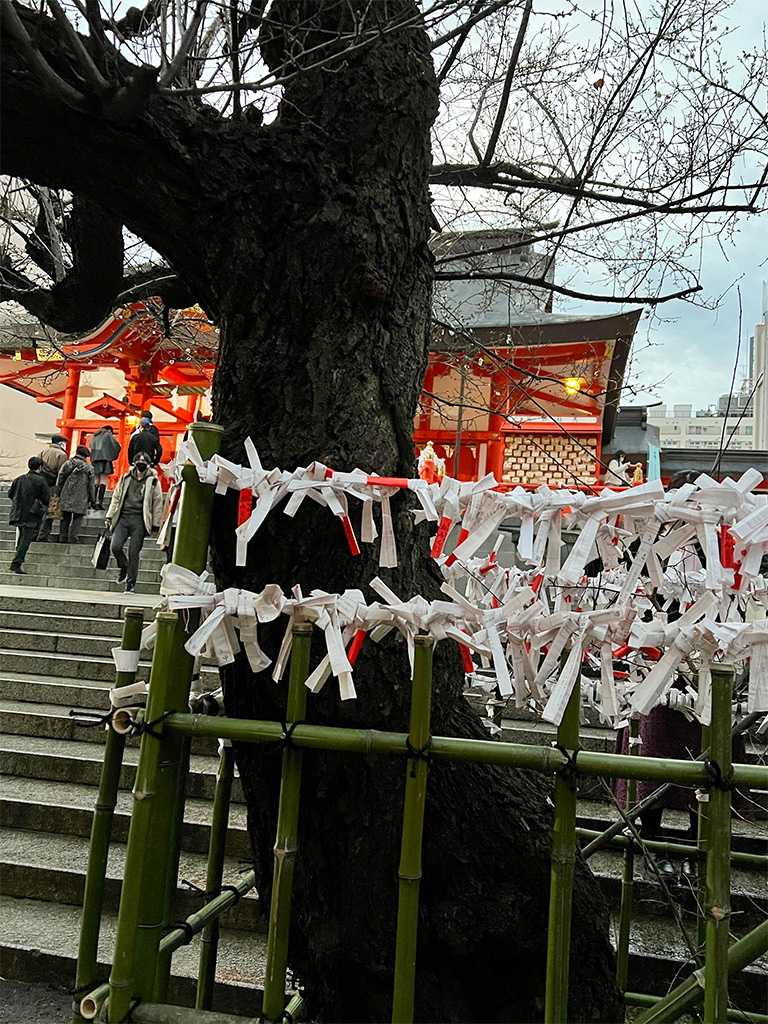
Omikuji left at the shrine
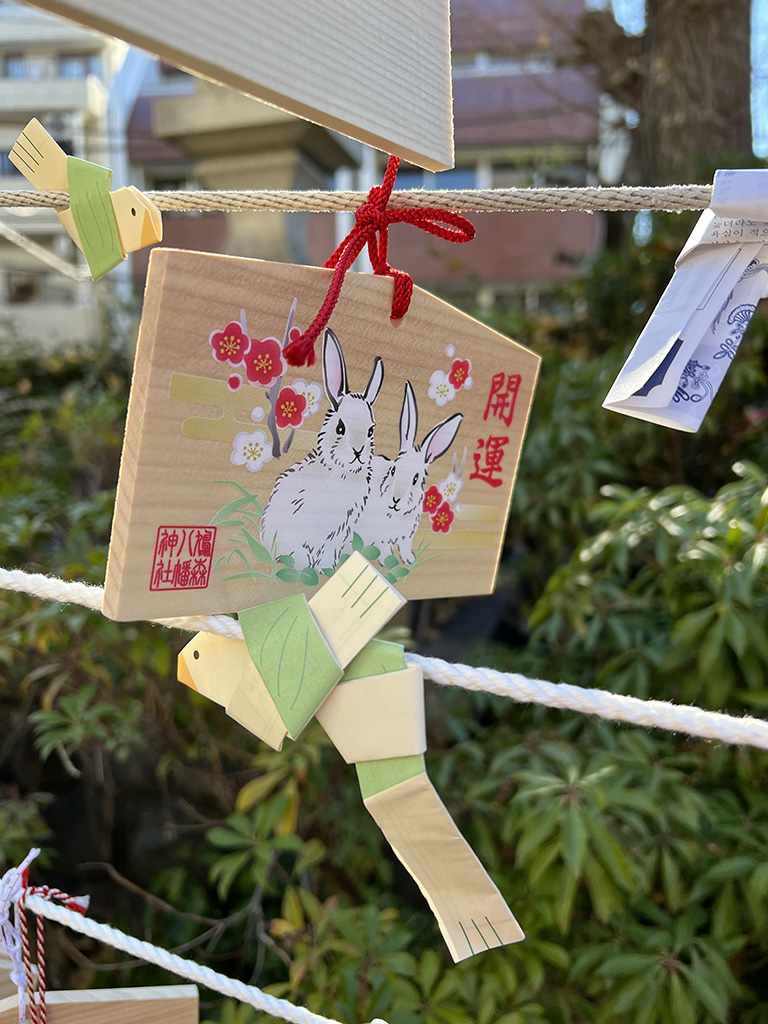
Bird shape Omikuji and Ema
- Seijin No Hi
The second Monday of January is one of Japan’s biggest and most picturesque national holidays. Literally “Coming Of Age Day” this holiday is meant to celebrate all the people that have turned 20 the year before and it marks their passage to adulthood. This year the celebration will be extra large since the law recently changed, and Japanese citizens are now being considered adults starting from 18 years old. During the day, city halls will hold celebrations and it is quite common to see the new adults walking around dressed up in traditional Japanese festive clothing. Girls in particular wear the “furisode”, a beautiful and complex long-sleeved kimono worn by unmarried women.
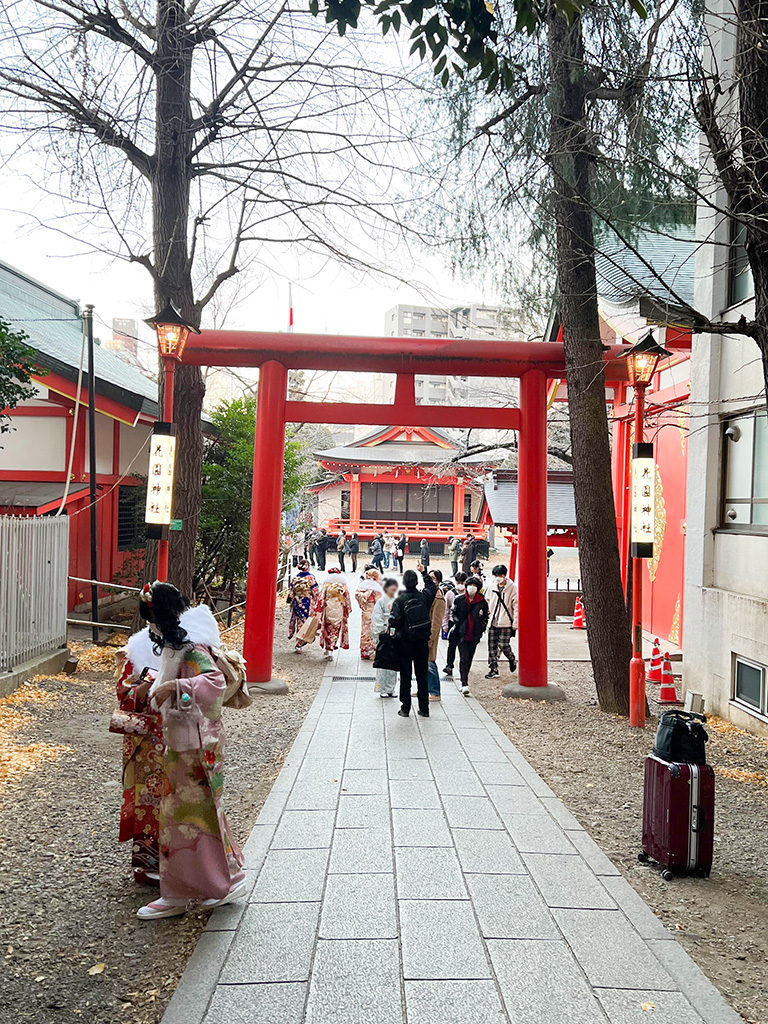
People celebrating Seijin No Hi at Hanazono Shrine
We hope you enjoy this month’s article about Japanese winter festivities and hope you have time to take part in some celebrations between playing escape games!
